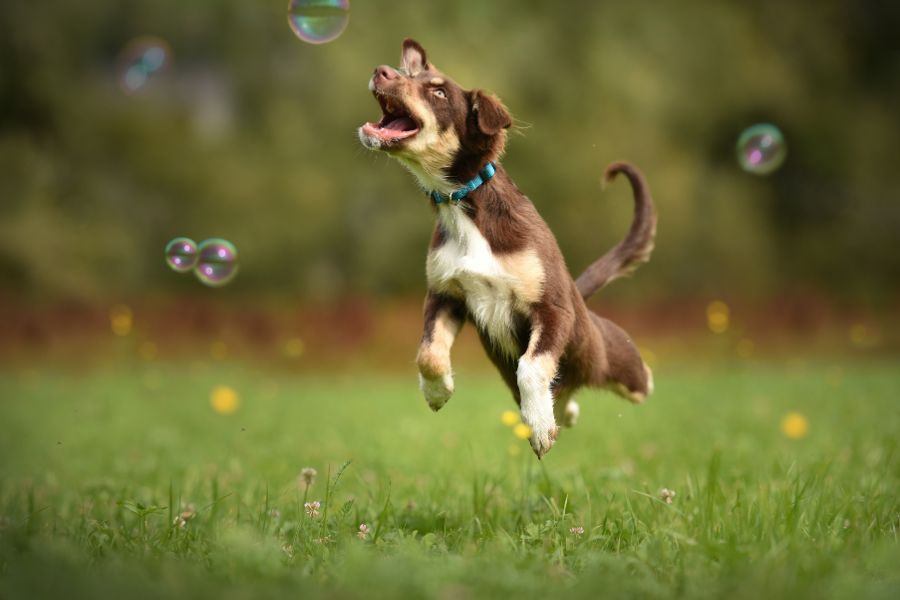
E-collars are often seen as a controversial dog training tool, and I’ve realized that it’s largely because people don’t understand them. There are a lot

E-collars are often seen as a controversial dog training tool, and I’ve realized that it’s largely because people don’t understand them. There are a lot

Owning a giant breed dog comes with the joy of companionship and the responsibility of proper training. Training big dogs with effective, humane, and safe

My Great Dane puppy jumped over a fence once. If you’ve found this blog post, you probably have the same problem I once faced! Danes
What I put on my dog’s collar isn’t just a style statement; it’s a full-on toolkit for their safety, ID, training, and even location tracking.

Great Danes are giant breed dogs and if you’ve spent any time around them, you know they are both “Gentle Giant” and “Giant train-wreck!” If
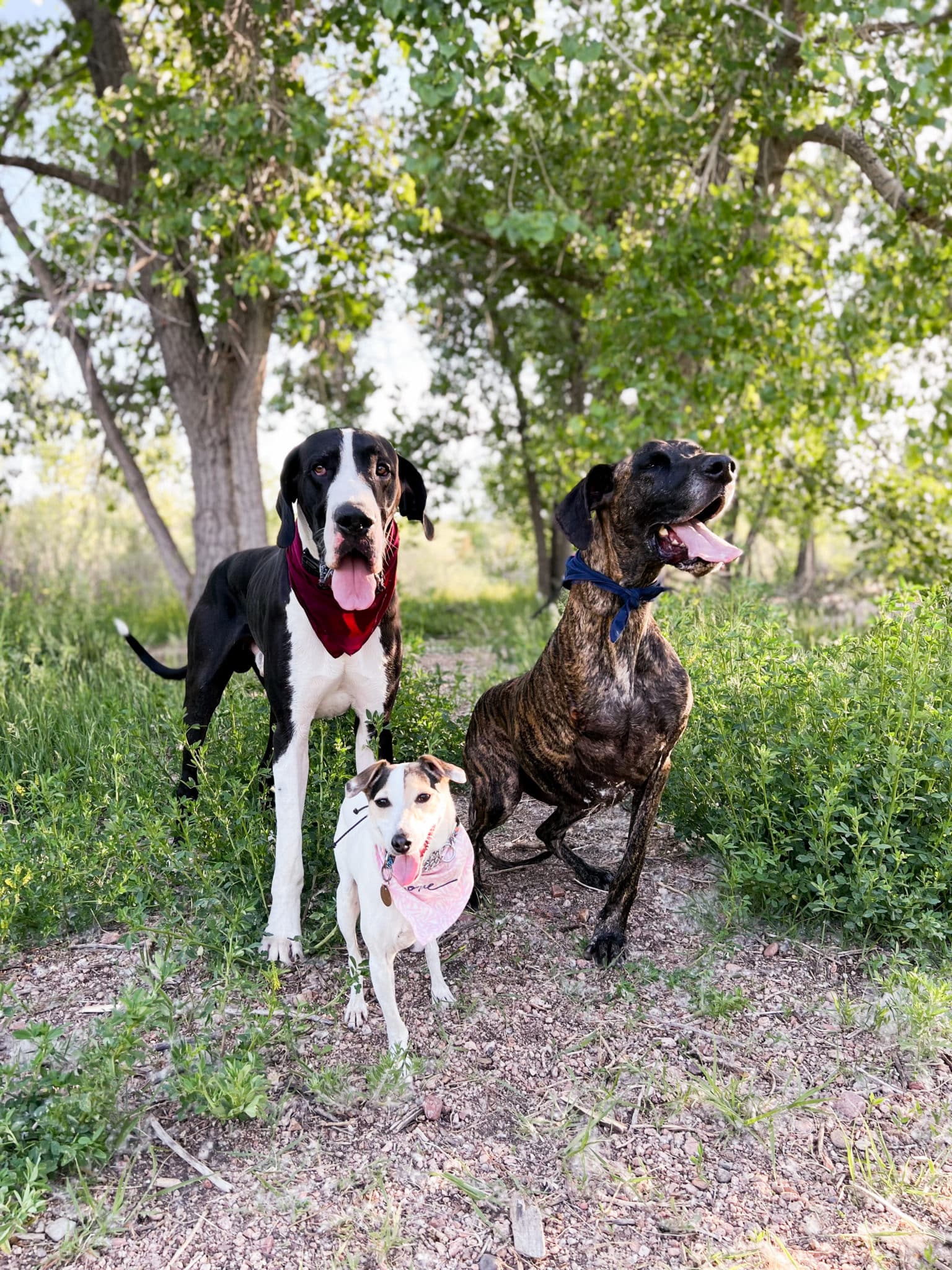
When I met my friend Natalie (we have littermates and started this blog together), I was a noisy card-carrying member of the ‘force-free’ dog training
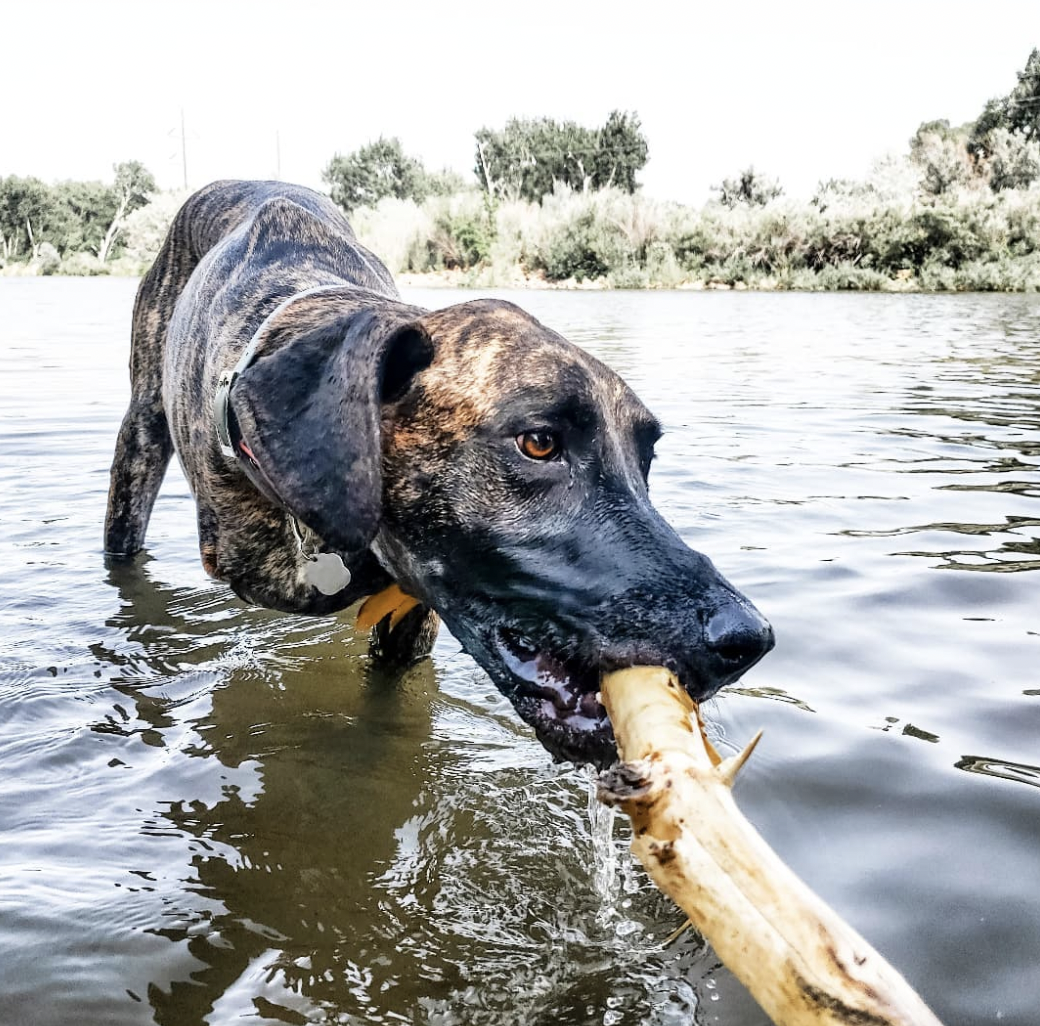
Everyone LOVES using Harnesses for Great Danes… well, everyone except for me… I, personally, cringe when I see a dog harness on Great Danes. Why,
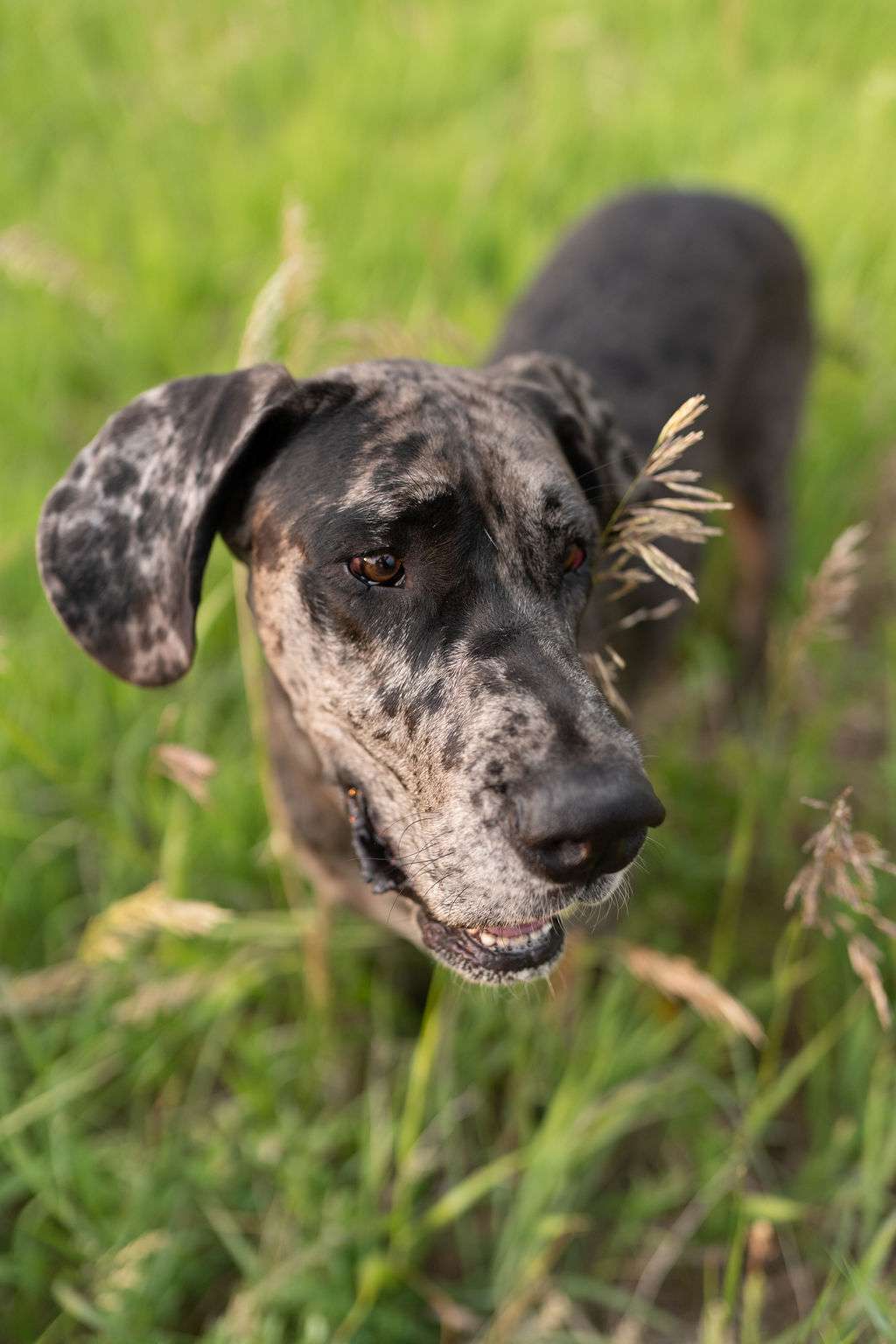
Navigating behavior challenges with your Great Dane can feel like a big puzzle to solve! When it comes to training, our beloved dogs might seem
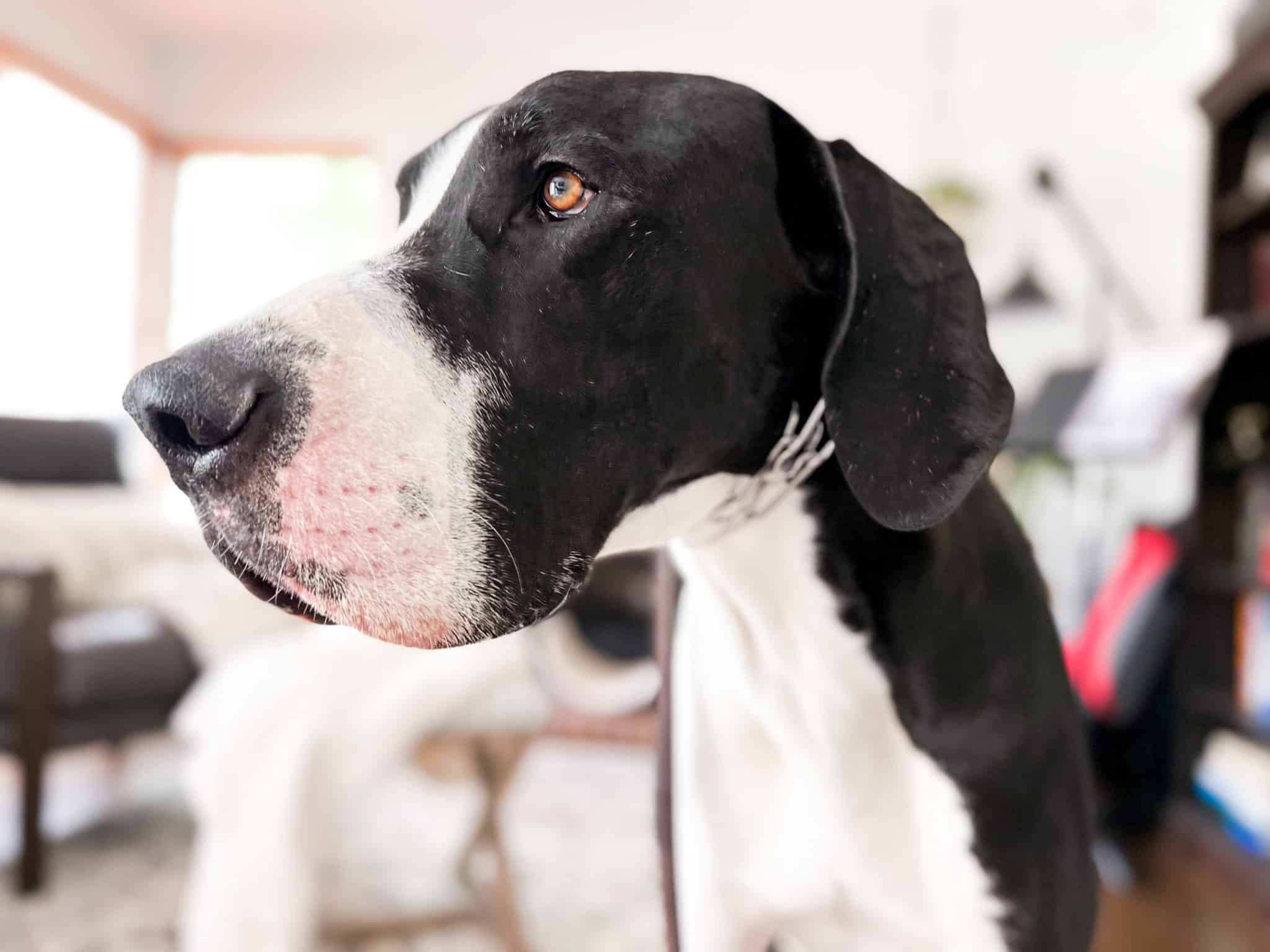
Are Great Danes easy to train? Many people believe that Great Danes are stubborn, spiteful, and defiant. It can lead to questions about whether or
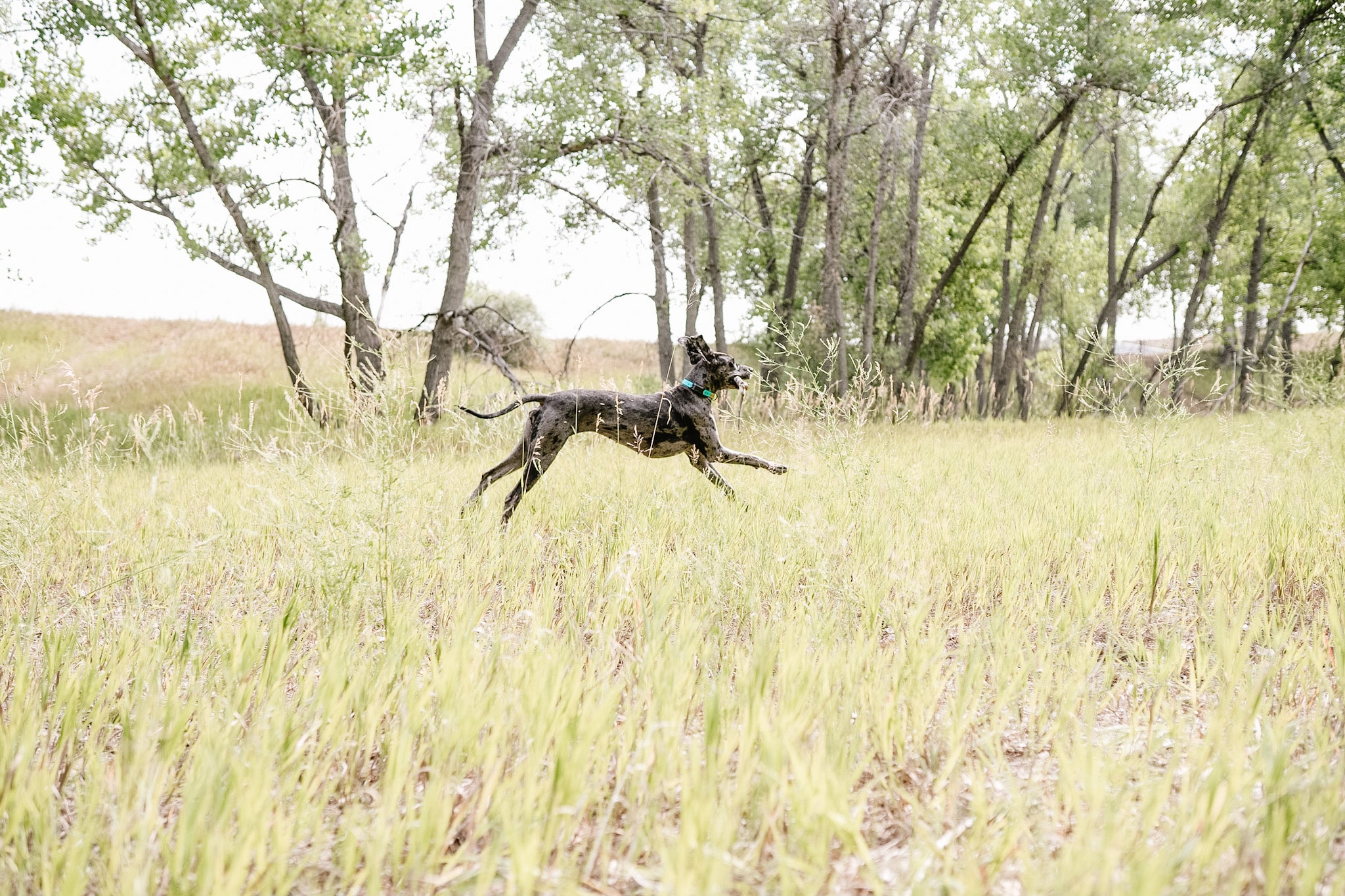
Great Danes are often seen as couch potato dogs that don’t need a lot of exercise. This is a bit of a myth! Of course,